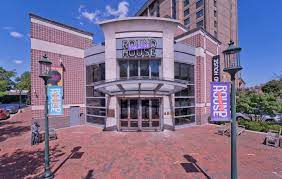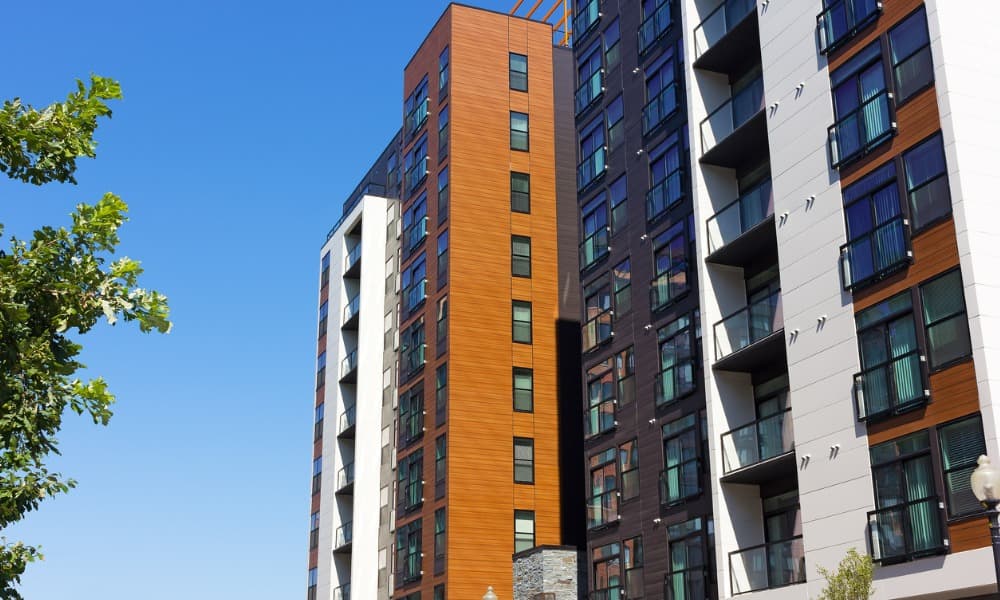Key Takeaways
- Dupont Circle is one of Washington, DC’s most desirable neighborhoods
- The community’s farmers market is renowned
- You’ll find over 50 vendors during peak season
- Renting a home in Dupont Circle is easier with Nomadic Real Estate
This guide will explain everything you need to know about the Dupont Circle Farmers Market and its array of vendors.
Dupont Circle is a cosmopolitan neighborhood just north of downtown Washington, DC, known for its boutique shops, lively nightlife, and eclectic dining scene. Other parts of the city are easily accessible from this area, making it a sought-after location to live.
You won’t want to eat at restaurants for every meal, despite the area’s excellent culinary environment, so picking up some fresh groceries will become a priority.
The Farmers Market in Dupont Circle
The Dupont Circle Farmers Market is a weekly gathering of farmers from around the Washington, DC, area. Many of these farmers come from rural parts of Virginia, Maryland, and Pennsylvania, driving to DC in the morning to sell their goods. Most of these vendors live less than 100 miles from Washington, so the food is as close to local as you can get.
The effort from these farmers ensures Dupont Circle residents can purchase fresh fruit, vegetables, meat, and other items without visiting a grocery store. The market is an anticipated event for Dupont Circle locals, who head to the gathering spot to pick up their food for the week.
How To Visit the Farmers Market
Of course, figuring out when to visit the Dupont Circle Farmers Market is essential. The good news is that the market is at the same location every week, so you don’t have to worry about tracking the event.
Hours
The Dupont Circle Farmers Market runs every Sunday between 8:30 a.m. and 1:30 p.m. You’ll want to arrive early to purchase the most sought-after goods.
Season
One unique aspect the Dupont Circle Farmers Market offers is its year-round availability. The market is open from early January through the middle of December and takes a couple of weeks off for Christmas. Fewer vendors are at the market during the winter, and fruit and vegetables are scarce once the growing season ends.
Location
The Dupont Circle Farmers Market operates at 1600 20th Street NW, between Connecticut Avenue and Massachusetts Avenue. The area surrounding the market features cafes and restaurants, giving you places for breakfast or lunch, and there are public transit stops nearby. Parking can be challenging, but the market is walkable from many parts of Dupont Circle.
This market runs almost weekly throughout the year, so you’ll have plenty of opportunities to check it out if you relocate to Dupont Circle. You’ll want to develop a plan beforehand because the event gets busy, especially during the summer.
Items You’ll Find at the Dupont Circle Farmers Market
You’ll be blown away by the volume of goods available at this farmers market, especially in the summer. The market has nearly anything you’d expect to find at a grocery store and some products you wouldn’t find there. Food and other items you might come across include:
1. Fresh Produce
Fresh fruit and vegetables are a staple at every farmers market in the country, and the Dupont Circle Farmers Market is no different. Various farms in rural parts of Maryland, Virginia, and beyond supply this produce, with as many as 50 farmers showing up in the summer. You won’t want to miss the selection at the market since everything is grown in the surrounding area and much of it is organic.
2. Eggs and Cheese
Farm fresh eggs are a hot commodity at the Dupont Circle Farmers Market, with a few different farms supplying them. You can also buy farmstead and artisan cheeses from local vendors. Those who like trying new cheeses or appreciate fresh eggs won’t have to look much further than this weekly market.
3. Meat and Poultry
Beef, pork, chicken, and turkey are just some of the meat products you’ll find at the Dupont Circle Farmers Market. These items come from farms in the surrounding area, helping you reduce your carbon footprint.
4. Other Food Items
You’ll find many other food products at the market, making it a one-stop shop for many locals. Honey, coffee, juice, tea, lemonade, sauces, jam, pickles, nuts, deli meat, olive oil, and bread are all available, and vendors sell many of these items year-round. There’s a selection of gluten-free foods, too, including bread and pasta.
5. Plants and Soaps
You’ll likely want to beautify your home in Dupont Circle as you get settled, and the market has flowers and plants you to spruce your place and get it looking just how you want it. There’s a selection of handmade soaps, as well, many of which are made using local ingredients.
6. Beer and Spirits
Local beer, cider, wine, and spirits are staples at the Dupont Circle market. You won’t want to visit a liquor store again after seeing the selection.
7. Artisan Crafts
The craft market is a unique offering at this market because it offers artwork, jewelry, and other crafts by local vendors. This feature is excellent if you’re looking for a gift for a friend because you’ll find an item that isn’t available elsewhere.
You’ll notice new booths and offerings every time you visit the Dupont Circle Farmers Market. This variety is why many locals return to the location week after week.
Moving to Dupont Circle
Washington, DC has a lot to love, and the Dupont Circle neighborhood is one of its most attractive spots. The farmers market adds to the allure because of the volume of local products available every week throughout the year.
Nomadic Real Estate can assist you by finding a place to rent in Dupont Circle. We can also help you purchase a home, sell your existing home, or find renters if you need to relocate. Contact Nomadic Real Estate for more information on living in Dupont Circle.



































